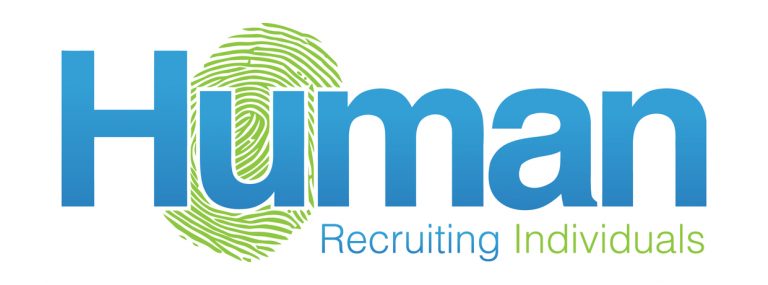Top tips for succeeding in delivering a presentation at interview.
1. Make sure you have clear instructions on what is expected of you. How long are you expected to speak for? Who will you be presenting to etc. If you’re working with a recruiter, ask them to give you a walk- through of what is and isn’t appropriate. Some clients will be looking for you to use your initiative in how to deliver the presentation. However, it’s safe to assume interpretive dance is never an appropriate format before you reach for your leotard and legwarmers!
2. Make sure you have the tools you need. Can you use their laptop? If so does it support your software? If using your own laptop will an internet connection be available? Is there PowerPoint? Have you practised your timing? Will you use a laser pointer? Will you hit enter or use a blue tooth device to change between slides? Questions, questions, questions. The answer? Expect the unexpected. Yes, you’ve charged your laptop but take your power cord too. Yes, of course your PowerPoint is all singing all dancing but print enough copies of the slides off…just in case!
3. Start at the beginning and end at the end. Sounds obvious doesn’t it? Start with an overview of points you want to cover. This will ensure your audience know what’s coming which will minimise interruptions related to topics covered on the following slides. Having a clear structure will also help you remember the points of your oh so well-rehearsed presentation should the worst happen and your mind all of a sudden resemble a barren wilderness!
4. Present don’t recite. If your potential future employers have asked you to present to them, they are looking for more than just great content and a fancy PowerPoint. They are looking for you to showcase your social skills, your public speaking ability and positive, confident body language. Make sure you interact with the panel. Maintain good eye contact, keep your body language relaxed and open, stand tall and hold your head high. Smile when appropriate. If you’re relaxed, your audience will be. Use your presentation as a visual guide to reinforce your words. Don’t read off the screen or from your notes. Equally, offer notes to the panel but as a reference guide for the slides. You don’t want them to be reading your content as you deliver it.
5. It’s all over! You nailed it! Now you can relax, right? Wrong! Compose yourself, take a breath and prepare yourself for questions. Wait until you’re out the door to pat yourself on the back. The panel may have questions you didn’t cover in the presentation or they may have questions about your presentation. Either way, you should know your content inside out and be prepared for questions.
Best of luck! If you need any more help, please feel free to get in touch
